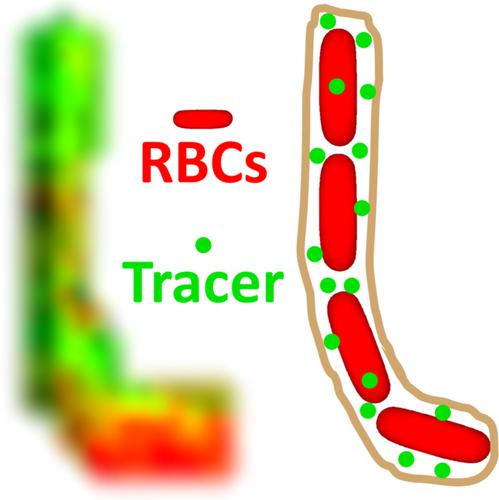当前位置:
X-MOL 学术
›
J. Biophotonics
›
论文详情
Our official English website, www.x-mol.net, welcomes your
feedback! (Note: you will need to create a separate account there.)
Visibility of microvessels in Optical Coherence Tomography angiography depends on angular orientation.
Journal of Biophotonics ( IF 2.0 ) Pub Date : 2020-05-29 , DOI: 10.1002/jbio.202000090 Jun Zhu 1 , Marcel T Bernucci 1 , Conrad W Merkle 1 , Vivek J Srinivasan 1, 2
Journal of Biophotonics ( IF 2.0 ) Pub Date : 2020-05-29 , DOI: 10.1002/jbio.202000090 Jun Zhu 1 , Marcel T Bernucci 1 , Conrad W Merkle 1 , Vivek J Srinivasan 1, 2
Affiliation

|
Optical Coherence Tomography angiography (OCTA) is a widespread tool for depth‐resolved imaging of chorioretinal vasculature with single microvessel resolution. To improve the clinical interpretation of OCTA, the conditions affecting visualization of microvessels must be defined. Here we inject a scattering plasma tracer (Intralipid) during OCTA imaging of the anesthetized rat eye. In the retina, we find that interlaminar (vertical) vessels that connect laminae have one‐fourth to one‐third the OCTA red blood cell to tracer (RBC‐to‐tracer) signal ratio of intralaminar (horizontal) vessels. This finding suggests that the OCTA signal from microvessels depends on angular orientation, making vertically‐oriented vessels more difficult to visualize using intrinsic contrast alone. Clinicians should be aware of this potential artifact when interpreting OCTA.
中文翻译:

光学相干断层扫描血管造影中微血管的可见性取决于角度方向。
光学相干断层扫描血管造影(OCTA)是一种广泛使用的工具,用于对脉络膜视网膜脉管系统进行单微血管分辨率的深度分辨成像。为了改进 OCTA 的临床解释,必须定义影响微血管可视化的条件。在这里,我们在麻醉大鼠眼睛的 OCTA 成像过程中注入散射等离子体示踪剂(Intralipid)。在视网膜中,我们发现连接层板的层间(垂直)血管的 OCTA 红细胞与示踪剂(RBC 与示踪剂)信号比是层内(水平)血管的四分之一到三分之一。这一发现表明,来自微血管的 OCTA 信号取决于角度方向,使得仅使用内在对比度更难以可视化垂直方向的血管。临床医生在解释 OCTA 时应意识到这种潜在的伪影。
更新日期:2020-05-29

中文翻译:

光学相干断层扫描血管造影中微血管的可见性取决于角度方向。
光学相干断层扫描血管造影(OCTA)是一种广泛使用的工具,用于对脉络膜视网膜脉管系统进行单微血管分辨率的深度分辨成像。为了改进 OCTA 的临床解释,必须定义影响微血管可视化的条件。在这里,我们在麻醉大鼠眼睛的 OCTA 成像过程中注入散射等离子体示踪剂(Intralipid)。在视网膜中,我们发现连接层板的层间(垂直)血管的 OCTA 红细胞与示踪剂(RBC 与示踪剂)信号比是层内(水平)血管的四分之一到三分之一。这一发现表明,来自微血管的 OCTA 信号取决于角度方向,使得仅使用内在对比度更难以可视化垂直方向的血管。临床医生在解释 OCTA 时应意识到这种潜在的伪影。











































 京公网安备 11010802027423号
京公网安备 11010802027423号